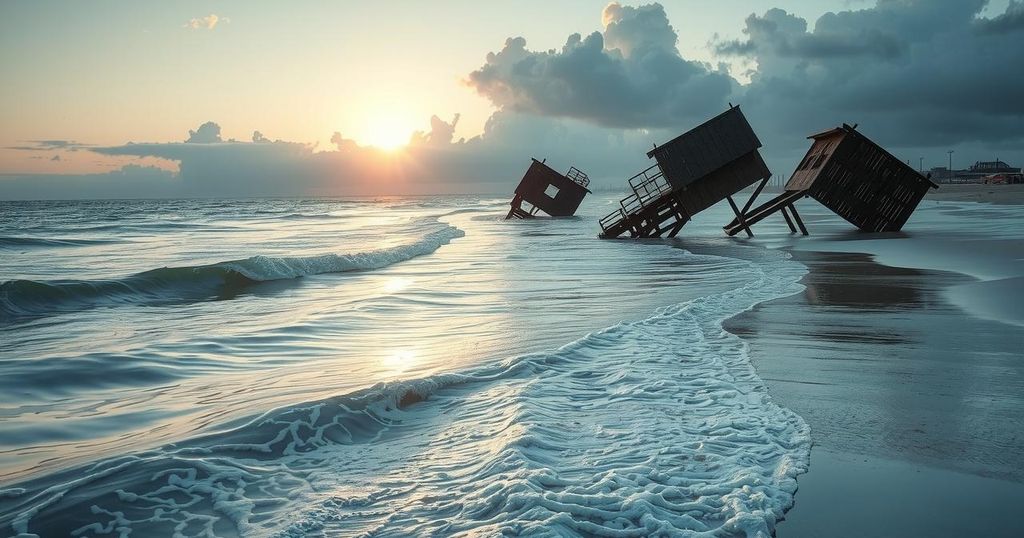The 2010 Chile earthquake, a magnitude-8.8 event on February 27, caused catastrophic damage and generated a tsunami, resulting in over 500 fatalities. The quake originated off the coast of south-central Chile and was caused by tectonic plate movement. Despite stringent building regulations, significant destruction occurred, particularly in Biobío and Maule. Looting emerged due to resource shortages in affected areas.
On February 27, 2010, a devastating magnitude-8.8 earthquake struck south-central Chile, specifically impacting areas including Biobío, Concepción, and Maule. This significant seismic event caused extensive damage on land and triggered a tsunami, resulting in over 500 recorded fatalities. The earthquake occurred approximately 200 miles southwest of Santiago at a depth of 22 miles beneath the Pacific Ocean.
The earthquake was caused by the rupture between the South American and Nazca tectonic plates, a phenomenon that resulted in widespread consequences felt as far away as Brazil and Argentina. Numerous aftershocks followed, many exceeding magnitude 5.0. Notably, this earthquake was the strongest since the 1960 Chile event, considered the most potent ever recorded.
The tectonic activity displaced a portion of the seabed, generating a tsunami that inundated coastal towns, with waves reaching heights of 50 feet in some areas. The tsunami further traveled across the Pacific, impacting locations such as California, Hawaii, and Japan, although it lost considerable strength along the way. Furthermore, there were reports that the earthquake also triggered minor seismic events in Antarctica.
While strict building codes implemented post-1960 earthquake helped limit damage, around 400,000 homes were still affected, particularly in Maule and Biobío. Essential services like water, electricity, and gas were disrupted across numerous regions. Additionally, copper production, vital to Chile’s economy, was briefly halted.
Initial reports indicated over 800 casualties, but after further investigation, the official tally for deaths concluded at more than 500, with approximately 150 due to the tsunami. Looting became prevalent in Concepción due to shortages, leading to arrests as the distribution of aid proved sluggish. President Michelle Bachelet subsequently arranged for essential supplies to be distributed without charge to help the situation.
The 2010 Chile earthquake marked a significant geological event with profound impacts on human life and infrastructure. The disaster led to extensive fatalities and significant damage, highlighting the necessity of adhering to building codes and emergency preparedness. Furthermore, the event underscored the intricate relationship between seismic activities and their broader effects in the global context.
Original Source: www.britannica.com




